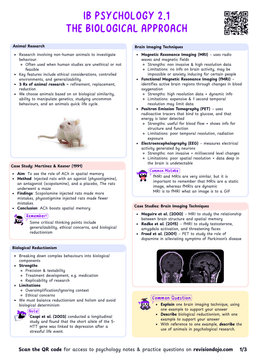Schema Theory: How Our Minds Organize Knowledge
Schema Theory
Schema theory proposes that our brains organize knowledge into mental frameworks called schemas.
These schemas help us interpret new information, make predictions, and guide our behavior.
Key Concepts of Schema Theory
Schemas as Mental Frameworks
- Schemas are like blueprints for understanding the world.
- They help us make sense of new information by connecting it to what we already know.
- Think of a schema as a mental filing cabinet.
- When you encounter something new, your brain quickly searches for a relevant "file" to help you understand it.
Types of Schemas
- Scripts: Schemas for sequences of events.
- Social Schemas: Schemas about people or groups.
- Self-Schemas: Schemas about ourselves.
- Script Schema: Knowing what to expect when you visit a restaurant.
- Social Schema: Stereotypes about certain professions.
- Self Schema: Seeing yourself as a hardworking student.
Schemas Guide Behavior and Expectations
- Schemas help us predict what will happen in familiar situations.
- They also shape our expectations and influence how we interpret new information.
- If you have a schema for "teacher," you might expect them to be authoritative and knowledgeable.
- This expectation influences how you interact with them.
Schemas and Memory
- Schemas play a crucial role in memory.
- They help us encode new information by linking it to existing knowledge.
- However, they can also lead to memory errors.
- If you have a schema for "birthday parties," you might remember a friend's party as having a cake, even if there wasn't one.
- This is because your schema fills in the gaps based on what you expect.
Key Study
Case studyBartlett's "War of the Ghosts" (1932)
Aim: To investigate how memory is influenced by schemas and whether it is reconstructive in nature.
Method
- Participants read a Native American folk tale called "War of the Ghosts."
- They were asked to recall the story at various intervals (e.g., immediately, after days, weeks, or months).
- The story contained unfamiliar elements for the British participants, such as supernatural events and cultural references.
Results
- Participants distorted the story to fit their own cultural schemas.
- They replaced unfamiliar details (e.g., "canoe" became "boat").
- They rationalized events to make them more logical to them (e.g., supernatural elements were downplayed).
- The story became shorter and more coherent over time, reflecting participants' own cultural norms.
Conclusion
- Memory is reconstructive and influenced by existing schemas.
- People tend to simplify , rationalize , and alter information to fit their cultural expectations.
- Imagine trying to recall a recipe from a different culture.
- You might replace unfamiliar ingredients with ones you know, even if they weren't in the original recipe.
- This is how schemas influence memory.


